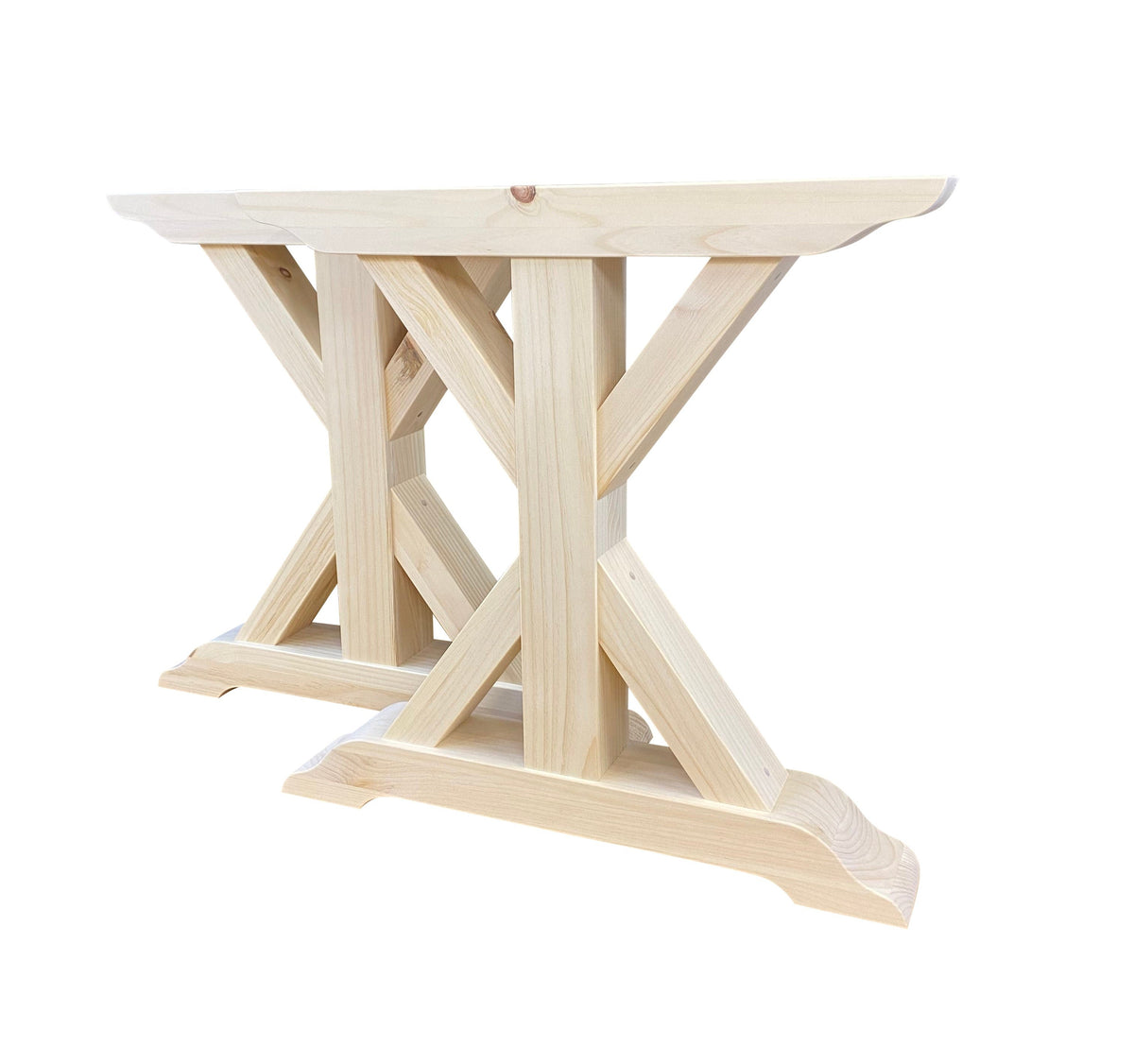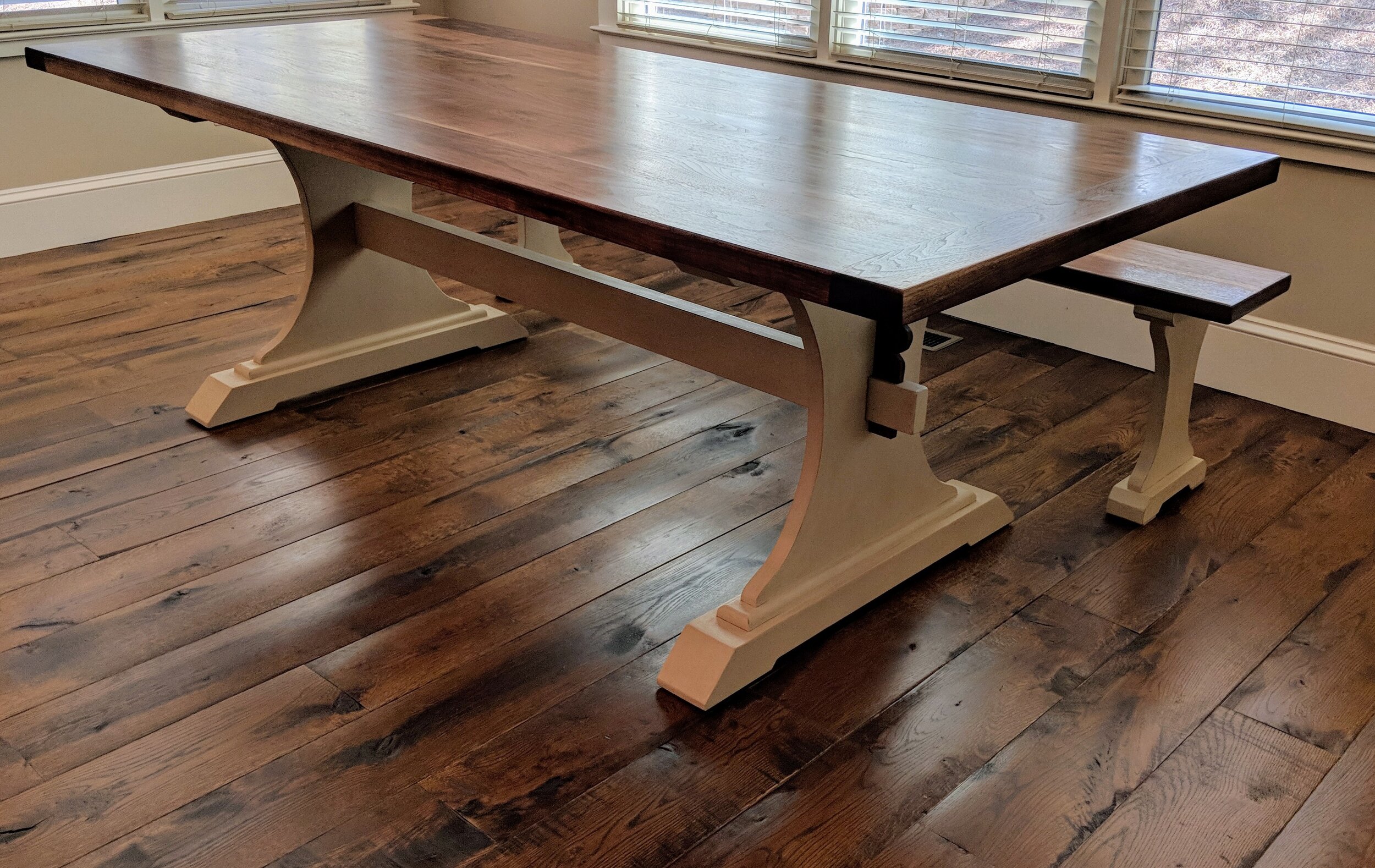Bring Heat and Character to Your Area with Dining Table Legs Wood
Bring Heat and Character to Your Area with Dining Table Legs Wood
Blog Article
Checking Out the Different Kinds Of Dining Table Legs Timber for Your Dining Space
The selection of table legs timber can greatly influence both the useful and aesthetic qualities of your eating room. Solid timber options, such as oak and walnut, offer a classic look with unmatched longevity, while crafted timber alternatives offer cutting-edge designs that imitate the splendor of all-natural grains. Additionally, the growing trend of reclaimed wood introduces a sustainable component that interest eco aware consumers. As we discover these various choices, it ends up being important to take into consideration not just the visual charm however also the useful implications of each product option. What variables should assist your choice?
Strong Wood Options

Unlike engineered products, solid timber is less susceptible to bending and damages over time when effectively maintained. Each item of strong wood is special, showcasing private features that include to the beauty and personality of the eating table.
Furthermore, solid timber can be ended up in various ways, varying from natural oils to discolored finishes, enabling home owners to individualize their furniture to match their decor. In summary, picking solid timber for eating table legs not only makes certain architectural stability yet additionally boosts the aesthetic charm of the eating area, making it a worthwhile financial investment for any type of home.
Engineered Timber Alternatives

Plywood, built from multiple layers of wood veneer, is steady and particularly solid, making it an excellent selection for eating table legs. Its split structure enables it to hold up against modifications in humidity and temperature level far better than standard strong wood. MDF, on the various other hand, provides a smooth surface area for painting or veneering, making it possible for designers to accomplish a sleek look while preserving structural integrity.
Particleboard, typically used in affordable choices, gives suitable strength and is light-weight, making it much easier to deal with. However, it might not be as resilient as plywood or MDF. When picking engineered wood choices, it is vital to consider the desired use and preferred aesthetic. These products not just improve the performance of dining rooms however likewise permit higher design versatility, making sure that modern and typical styles can exist together harmoniously.
Reclaimed Timber Includes
Recovered timber uses an unique blend of sustainability and personality, making it a significantly popular option for eating table legs. Sourced from old barns, factories, and other frameworks, reclaimed timber symbolizes a background that brand-new materials merely can not reproduce. Each piece lugs its own story, marked by distinctive blemishes, knots, and differing grain patterns, which add to a table's distinct visual appeal.
Along with its aesthetic charm, reclaimed timber is an eco-friendly alternative. By repurposing previously used products, it minimizes the demand for new lumber, therefore assisting to reduce and preserve woodlands waste. This aligns with an expanding customer choice for lasting practices in furniture.
In addition, recovered timber is frequently a lot more long lasting than freshly harvested wood as a result of its age. The natural drying process that reclaimed wood undergoes cause a denser and stronger material, making it less prone to warping and splitting. This boosts the long life of eating tables, allowing them to endure the rigors of everyday usage.
Softwood vs. Hardwood
When choosing dining table legs, understanding the differences between softwood and wood is crucial for accomplishing both functional and aesthetic goals. They usually show a more Source rustic look, making them appropriate for country-style or casual dining spaces.
On the various other hand, hardwoods, sourced from deciduous trees like maple, oak, and cherry, are renowned for their density, stamina, and resilience. The detailed grain patterns and abundant hues of woods give a timeless and innovative allure, making them perfect for formal dining setups. While hardwoods often tend to be extra costly and larger, their durability versus damage typically warrants the investment.
Ultimately, the selection in between softwood Source and hardwood for dining table legs ought to straighten with your style vision, usage needs, and spending plan, making certain that your dining room shows your individual style while remaining practical over time.

Treatments and coatings
The visual charm and durability of table legs can be considerably boosted through numerous coatings and therapies. These procedures not only protect the timber from damage but likewise boost its look, enabling it to complement varied interior designs.
One usual treatment is staining, which passes through the wood and improves its natural grain while including color. Stains provide a rich, sophisticated appearance, making it possible for homeowners to match their furnishings with existing design. Alternatively, clear coatings such as polyurethane or varnish produce a safety layer without changing the timber's initial color, ensuring sturdiness against deterioration.
Additionally, natural oils, like tung or linseed oil, nurture the wood and supply a subtle sheen, all while being environmentally friendly. These oils allow the surface area to breathe, stopping wetness buildup and prospective bending.
For those looking for a rustic charm, weather-beaten or troubled coatings can be related to create an aged appearance, adding personality to the piece. Ultimately, the option of treatments and coatings depends on individual choice, desired looks, and the specific timber kind, making it vital to think about these aspects when selecting dining table legs for your area.
Final Thought
To conclude, the selection of table leg materials substantially influences both the visual and useful elements of a dining area. Solid woods, crafted alternatives, and redeemed alternatives each deal distinct advantages, dealing with numerous preferences and demands. Comprehending the article distinctions between softwoods and hardwoods, along with appropriate coatings and treatments, enables for notified decision-making. Inevitably, the option of timber kind ought to align with wanted design, resilience, and environmental considerations, boosting the general dining experience.
The option of eating table legs wood can exceptionally influence both the useful and aesthetic qualities of your eating room - Dining Table Legs Wood. Strong wood choices, such as oak and walnut, give a classic look with unparalleled resilience, while crafted wood options use cutting-edge layouts that mimic the splendor of natural grains. Strong timber uses a timeless high quality that can raise the overall style of a dining room. Each piece of strong wood is distinct, showcasing private characteristics that add to the charm and personality of the eating table
Moreover, recovered timber is usually more long lasting than recently harvested wood due to its age.
Report this page